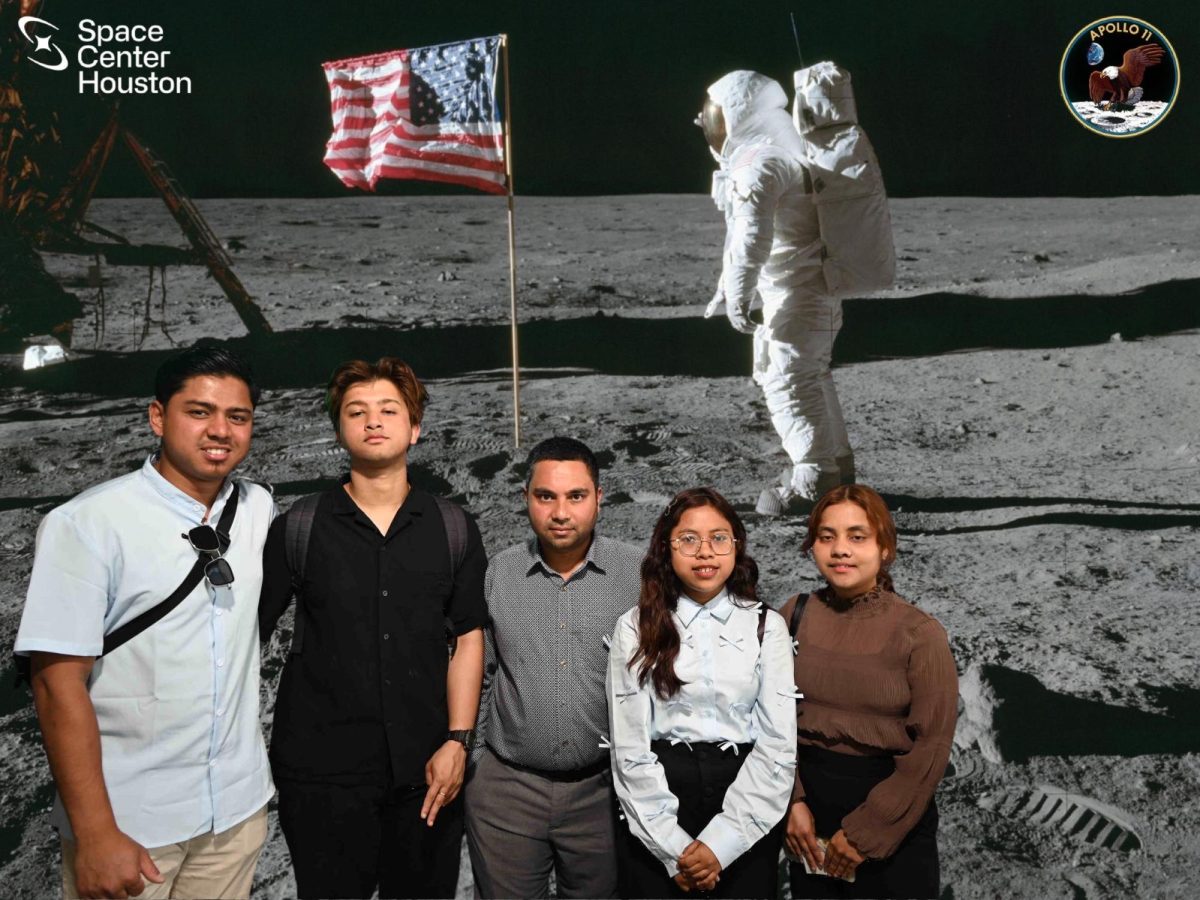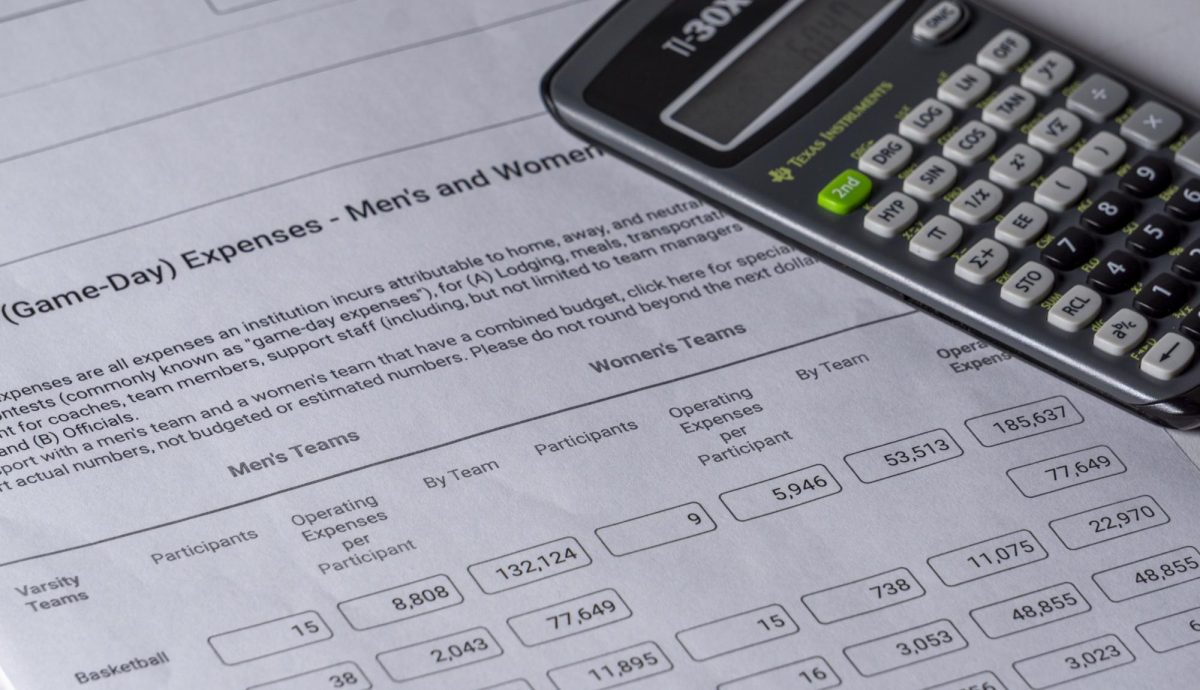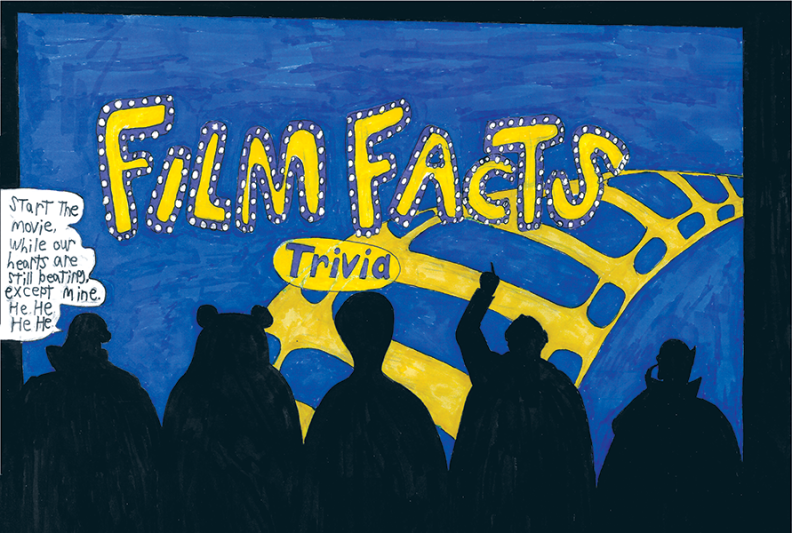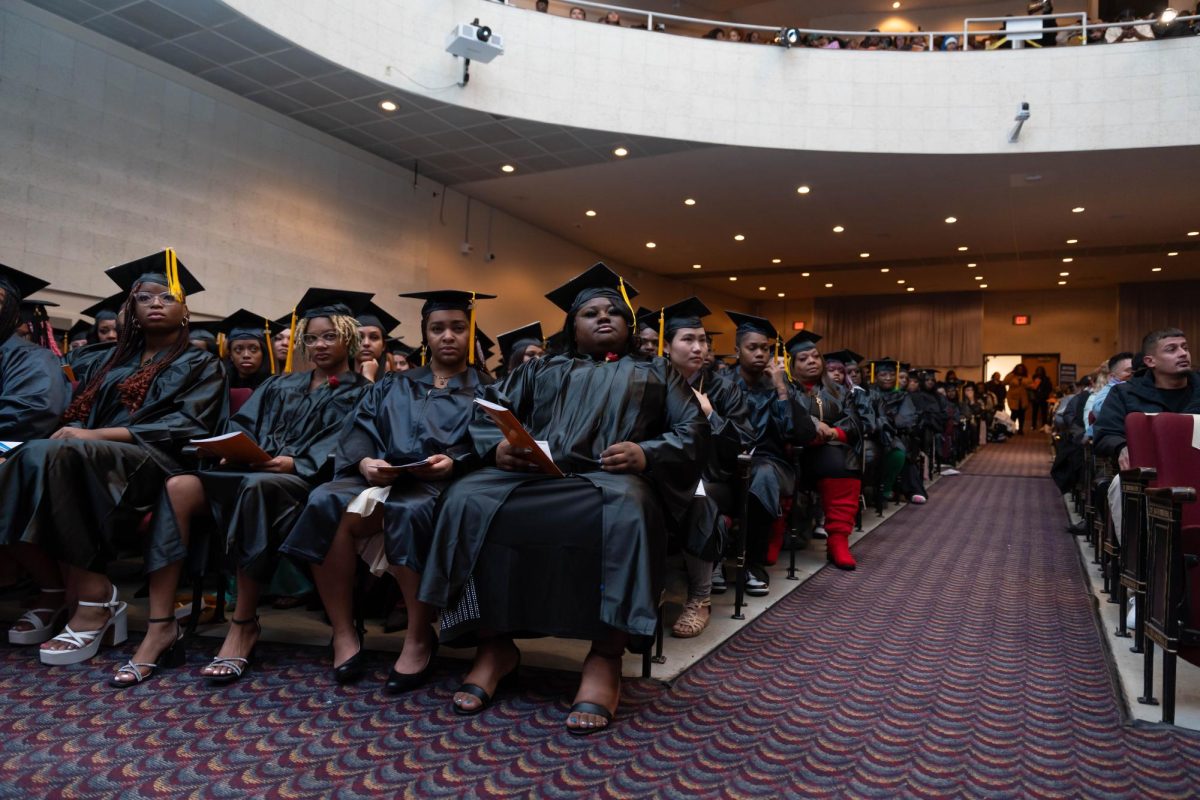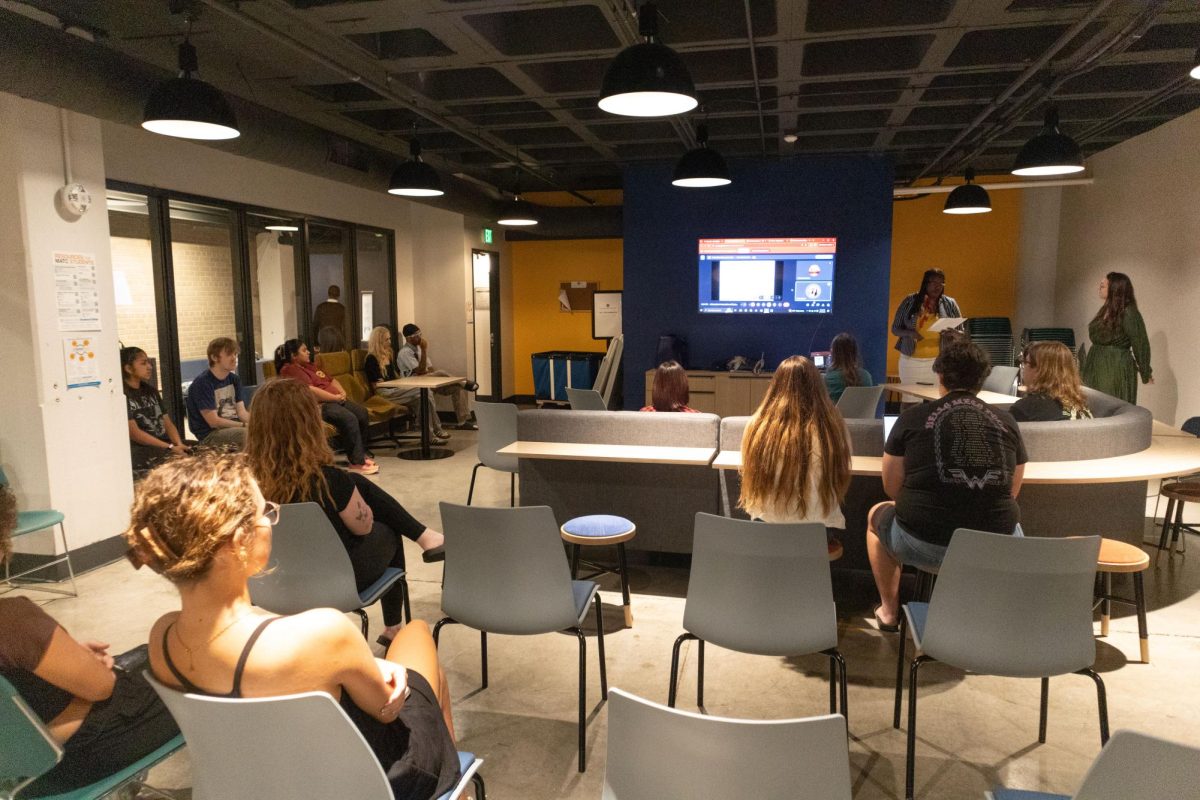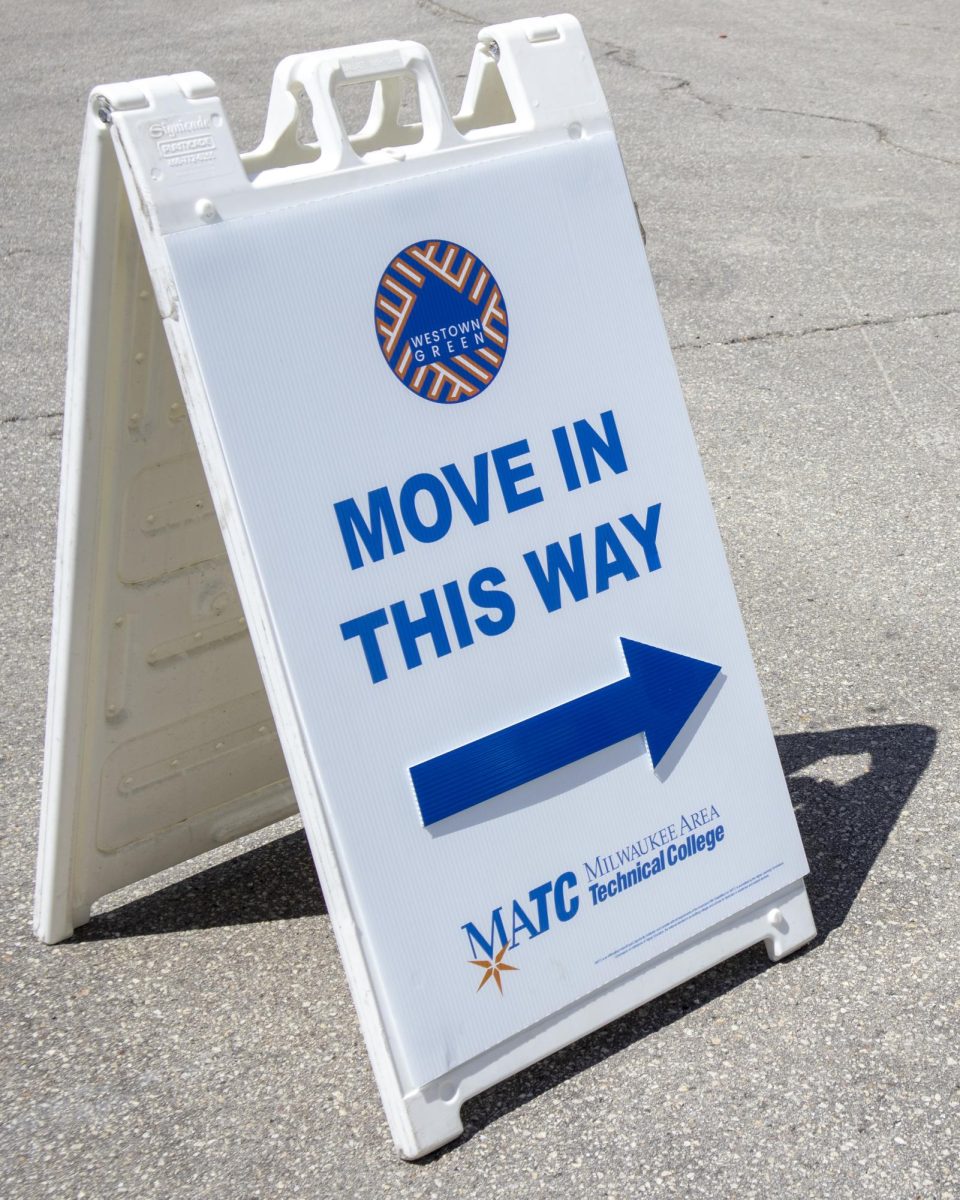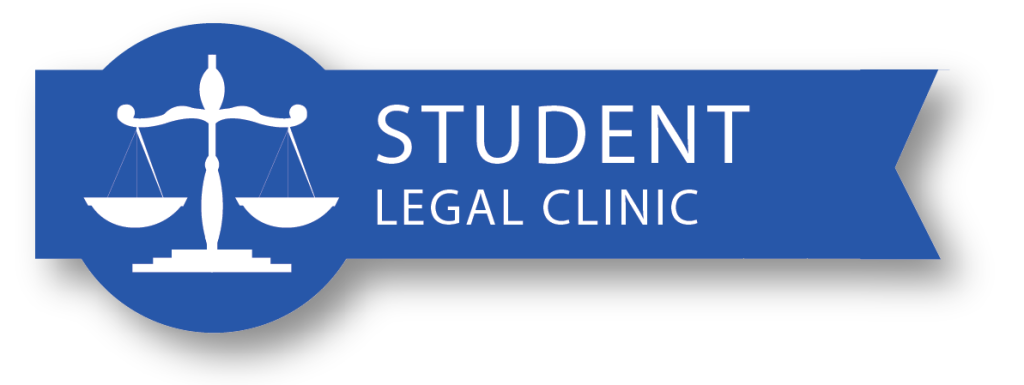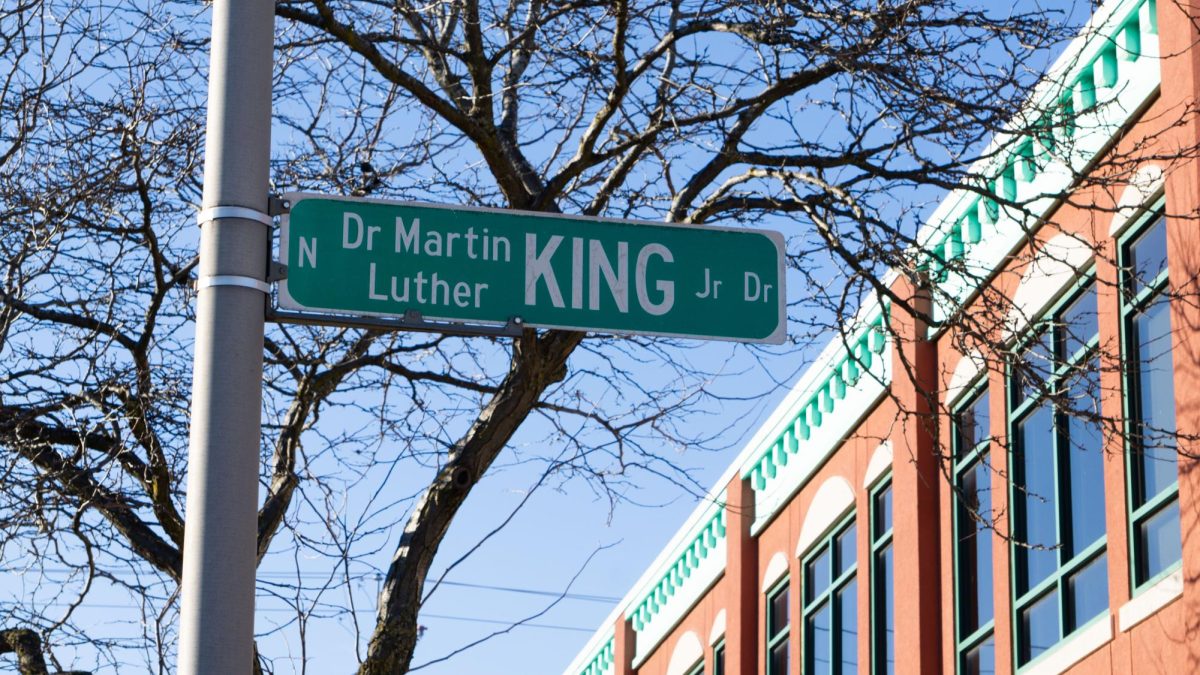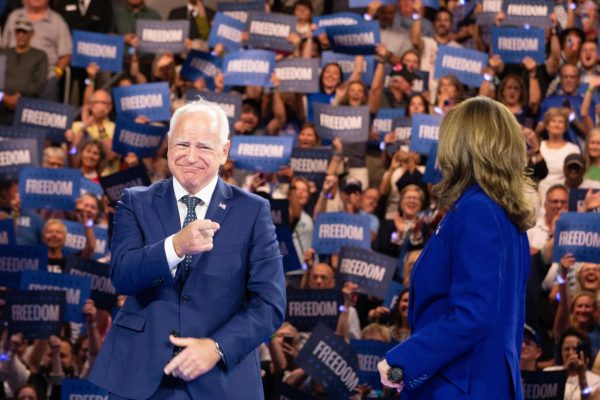Automatic voter registration simplifies the process

We need to talk about voter registration. About its caveats and of how it is frequently used as a tool of voter suppression. In the state of Wisconsin even if you’ve registered to vote previously, you may find that you are no longer registered when you arrive at your polling place.
Earlier this year, at least 7,000 voters who had not recently moved or become ineligible to vote found themselves inexplicably purged from voter rolls; I was one of them. Every time an election rolls around we must constantly check our registration status and re-register as required, and it is completely unnecessary. According to the Brennan Center for Justice, there are 15 states as well as the District of Columbia who have approved automatic voter registration as of Nov. 7, 2018. So what exactly is it, and why don’t we have it here?
Automatic voter registration is simply the act of ensuring that all eligible citizens are registered to vote, no special paperwork required. The National Conference of State Legislatures notes that this is often seen as an update to the National Voter Registration Act of 1993, which required most states to give citizens the option to register to vote while renewing or applying for a driver’s license. Most states who currently use automatic voter registration do so through DMV transactions.
When a citizen applies for or renews a license or identification card, their information is forwarded to the state’s election commission who then verifies eligibility and adds the citizen to voter rolls. Citizens are typically given the choice to opt out of voter registration during the DMV transaction, though a few states such as Oregon send an opt-out form via mail after the fact.
Opponents of automatic voter registration maintain that it is a violation of privacy and one’s First Amendment rights.
It is worth noting that the information used for voter registration is the same information used for license and identification registration, I would argue that no privacy is being violated as the state’s administration is already in possession of this information. As far as one’s First Amendment rights, automatic voter registration is not forcing you to vote, it is not telling you that you may not vote; it is simply removing an unnecessary hurdle in the event that you would like to vote.
The first states to approve automatic voter registration, California and Oregon, did so in 2015 with Oregon implementing it in 2016 and California implementing it just now in 2018. That gives a range of just two elections worth of data. It is too soon to conclusively say whether automatic voter registration has a positive impact on voter turnout, but proponents hope that it will.
Wisconsin is a state that has a long and unfortunate history of voter suppression, including a gerrymandering case that is currently on its way back to the U.S. Supreme Court for a second time this year.
Automatic voter registration is certainly not a magical cure-all, but it would be a significant step in the right direction to ensure that everyone is able to exercise the right to vote.

My name is Bethany Eischen and I'm the online editor for the Times. The 2018-19 school year is my first year both at MATC and with the paper. I joined...

